Chrysler Suicide Watch 30: The Early Attempts, Pt. 2

Chrysler’s near-death experience in 1980 had a salutary effect on the company’s culture. Headcount was slashed by over 50 percent. By necessity, the old ways of doing business were consigned to the crusher. “New Chrysler’s” execs, managers, marketers, designers, engineers, union workers and suppliers all had to work together to find creative ways of doing more with less. With Lee Iaccoca at the helm, it was a seminal moment in Chrysler’s history: an opportunity for the once great American car company to thoroughly reinvent itself.
Necessity was the mother of all platform sharing. Introduced in ’81, Chrysler’s “K” cars offered seemingly endless variations on the same mechanical theme: Plymouth Reliant, Dodge Aires, 400 and 600; Chrysler LeBaron, Town and Country and Executive; and on and on and on. By the time the K stopped being special, Chrysler had produced nearly 40 variants.
It worked. With lowered overheads, interchangeable parts and Iacocca’s salesmanship, Chrysler was soon back in black.
After paying back Uncle Sam, Chrysler’s accumulating cash cache began to take its toll, allowing the automaker to slip back into kicking back. Even worse, the money burned a hole in Lido’s pocket. A suicidal spending spree ensued.
Like other successful CEOs, Iaccoca coveted a Gulfstream jet. Unfortunately, he liked it so much he bought the company. In an ill-advised aping of GM’s purchase of Hughes and EDS, Chrysler decided to diversify. In 1987, Chrysler bought the floundering American Motors Corporation (AMC). Lido correctly saw AMC’s Jeep brand as the crown jewel. During the ensuing SUV boom, Jeep made Iaccoca into a genius.
The 1990 recession caught Chrysler flat-footed (once again). The company shot its cash wad on acquisitions instead of investing in competitive new cars and building a rainy day fund. Gulfstream was quickly jettisoned. Newly-installed President “Maximum Bob” Lutz refocused the company’s energies on new product development. Lido finally relented to the board’s increasingly adamant urgings to retire.
In the nineties, Chrysler experienced its final manic high. Having slashed the costs of new car development through the use of integrated development teams to 2.8 percent of revenue (GM: eight percent), a slew of new cars spewed forth: the Viper (’92), LH full sized sedans (’93), New Yorker/LHS (’94), compact Neon (’94), Ram pickups (’94), mid size Cirrus/Stratus (’95) and all-new mini-vans (’96).
By 1997, the new product barrage pushed Chrysler’s market share to 23 percent (shockingly close to GM’s current market share). Chrysler was hailed as the model for the American automobile industry's incipient revival.
Affable, mild-mannered Chrysler Chairman Robert Eaton saw towering clouds on the horizon. In a 1997 speech, Eaton described a “perfect storm” involving global over-production. Eaton’s cowardly solution: sell Chrysler to Daimler and walk away with nearly $100m in his pocket.
In all likelihood, Eaton knew that Chrysler’s manic success was built on a weak foundation. In [what’s become] classic American style, Chrysler's flood of hastily-spun new products was far from perfect. In an echo of Chrysler’s 1957 fiasco, quality problems were rife. Rubber-band transmissions, blown Neon head gaskets, ever-cheapening interiors and a general prioritization of flash over substance were the all-too prevalent ingredients of the “New, New Chrysler”. The “model for the revitalization of the US car industry” was not a robust formula with which to take on the Asians.
Rather than disappoint investors (and spoil his own stock options) by plowing profits and dividends into improving product quality, Eaton made it someone else's problem. If Daimler had done its homework and checked the corporation’s medical records, they would have known that Chrysler crashes like clockwork every six to ten years. In fact, the acquisition by Daimler only accentuated Chrysler’s all-too-soon next crash, because of the clash of cultures and Eaton’s increasingly disengaged leadership (seller’s remorse?).
Daimler paid $38b just before the inevitable collapse, and sent Dr. Z to minister to the sickly patient. But the German executive administered the usual prescription of happy pills: slash costs, cheapen the goods and rush out some new product (Chrysler 300). The result was a classic dead cat bounce: a $1.7b dollar profit in 2005, followed by an endless sea of red ink.
The perfect storm that Eaton had tried to detour gathered strength. Instead of addressing Chrysler’s underlying pathology, the shot-gun wedding only exacerbated the disease. In every category, Chrysler was attacked by competitors, and its products were inevitably found wanting. No wonder Daimler practically paid Cerberus to take the ailing automaker off its hands.
Chrysler has had nine major crashes. “Doc” Nardelli is desperately trying to find a pulse, hoping there’s a tenth life left in the once proud company. But it’s looking more and more like he’s got a corpse on his hands. At least it came with a signed organ donor card.

More by Paul Niedermeyer
Latest Car Reviews
Read moreLatest Product Reviews
Read moreRecent Comments
- Calrson Fan Jeff - Agree with what you said. I think currently an EV pick-up could work in a commercial/fleet application. As someone on this site stated, w/current tech. battery vehicles just do not scale well. EBFlex - No one wanted to hate the Cyber Truck more than me but I can't ignore all the new technology and innovative thinking that went into it. There is a lot I like about it. GM, Ford & Ram should incorporate some it's design cues into their ICE trucks.
- Michael S6 Very confusing if the move is permanent or temporary.
- Jrhurren Worked in Detroit 18 years, live 20 minutes away. Ren Cen is a gem, but a very terrible design inside. I’m surprised GM stuck it out as long as they did there.
- Carson D I thought that this was going to be a comparison of BFGoodrich's different truck tires.
- Tassos Jong-iL North Korea is saving pokemon cards and amibos to buy GM in 10 years, we hope.
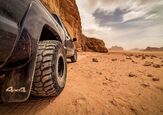
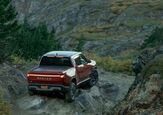
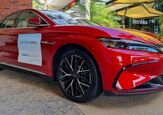

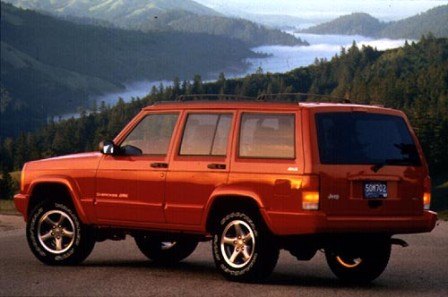








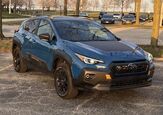







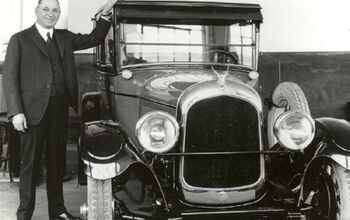
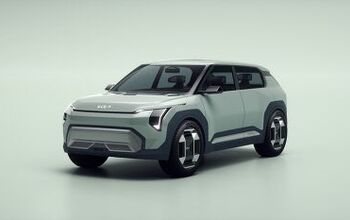
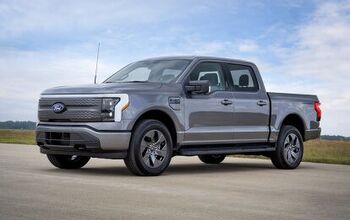
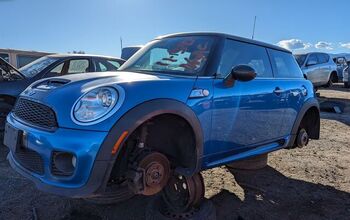
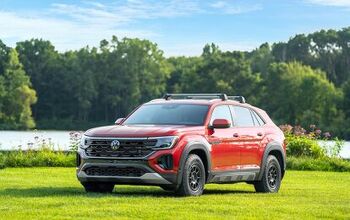
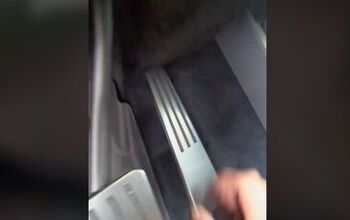
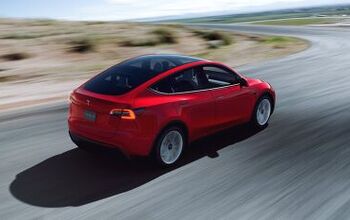
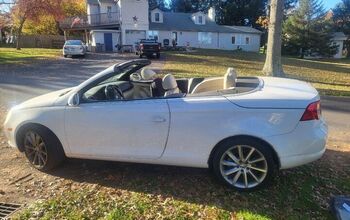
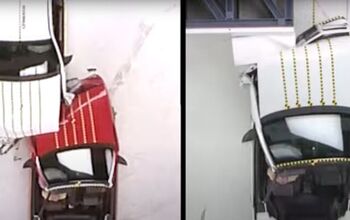

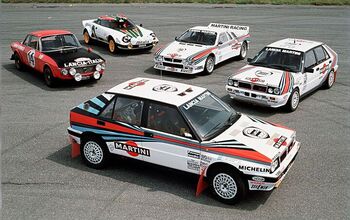
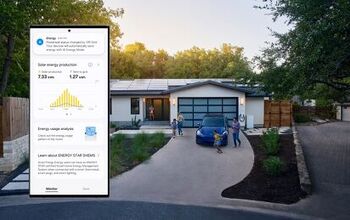
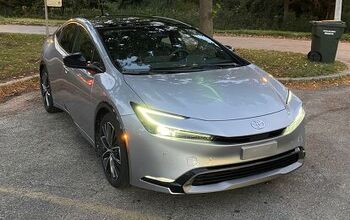
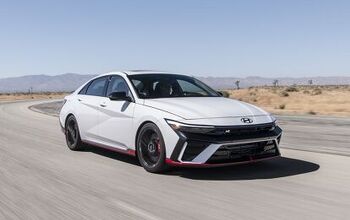

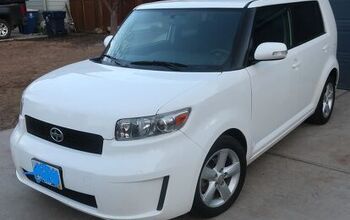
Comments
Join the conversation
The Detroit Free Press has announced the start of planned layoffs of Union workers in both the USA and in Canada at Brampton Ontario for Chrysler workers.
Neon. The car of my nightmares.